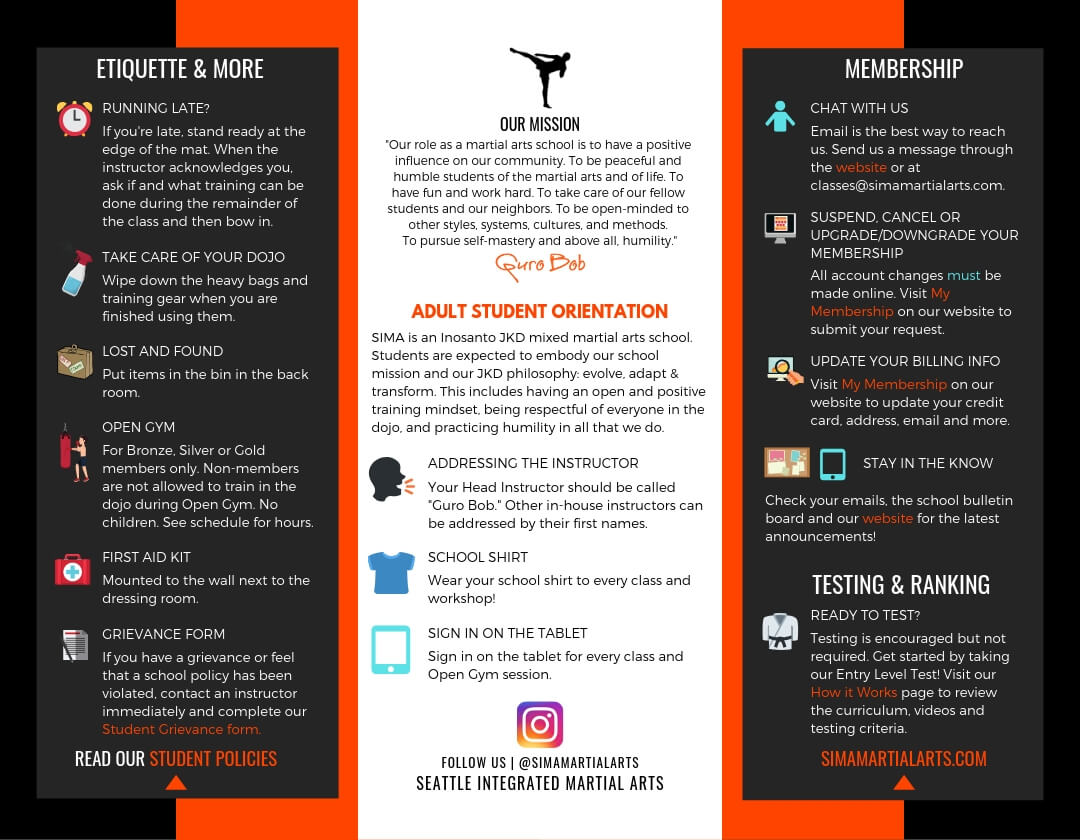Adaptability Is Crucial In Martial Arts Education And Learning
Adaptability Is Crucial In Martial Arts Education And Learning
Blog Article
Writer-Delaney Lawrence
Did you recognize that flexibility plays a critical role in fighting styles training?
As a matter of fact, a research study carried out by the International Journal of Sports Physical Treatment disclosed that over 80% of martial musicians deal with minimal versatility.
But why is flexibility so crucial? Well, it not just boosts your performance and method yet also reduces the risk of injuries.
So, if you're seeking to take your fighting styles abilities to the following degree and stay injury-free, you'll absolutely want to maintain reading.
Advantages of Flexibility in Fighting Style
Adaptability in martial arts brings numerous advantages to professionals, allowing you to boost your performance and decrease the danger of injury. By boosting your adaptability, you raise your range of activity, enabling you to perform methods with higher precision and performance.
This improved dexterity and fluidness in your movements can give you an one-upmanship, allowing you to react quicker and adjust to different situations during sparring or competitions. Furthermore, increased adaptability helps to avoid injuries by boosting muscle flexibility and joint wheelchair.
It enables your body to move a lot more openly, reducing the strain on your muscular tissues and tendons. This, subsequently, decreases the chances of strains, stress, and muscular tissue pulls. By incorporating versatility training right into your fighting styles method, you not only improve your performance yet likewise secure your physical well-being.
Techniques to Enhance Adaptability
To boost your adaptability in martial arts, you can incorporate numerous stretching workouts right into your training regimen.
One reliable strategy is vibrant extending, which includes relocating via a complete variety of activity to heat up your muscular tissues and raise adaptability. Instances consist of leg swings, arm circles, and trunk rotations.
An additional technique is fixed extending, where you hold a go for a continual period of time. This helps lengthen and unwind your muscles, boosting flexibility gradually. Common fixed stretches for fighting styles include the butterfly stretch, hamstring stretch, and shoulder stretch.
In read this post here , incorporating yoga exercise or Pilates into your training can also significantly enhance your flexibility.
Bear in mind to constantly heat up before stretching and pay attention to your body to prevent injury.
Versatility Educating for All Ability Levels
As you proceed in your fighting styles training, boosting your adaptability becomes important for enhancing your overall performance. Adaptability training isn't only advantageous for innovative practitioners yet additionally for beginners and intermediate trainees.
Despite your skill degree, including adaptability exercises right into your training regimen will help you create a vast array of motion, stop injuries, and boost your strategy execution.
For beginners, versatility training can aid boost your type and posture, allowing you to do movements appropriately and successfully. Intermediate practitioners can use flexibility training to further raise their variety of movement and improve their fluidity in carrying out complex strategies. kajukenbo martial arts can benefit from flexibility training by maintaining and improving their existing versatility, allowing them to carry out advanced steps effortlessly.
Conclusion
To conclude, embracing versatility in your martial arts training is paramount. By including techniques to enhance flexibility, you can boost your efficiency and prevent injuries.
Keep in mind, 'A versatile body is a durable body.' So, keep pressing your limitations, extending on a regular basis, and reap the benefits of a supple and dexterous body.
